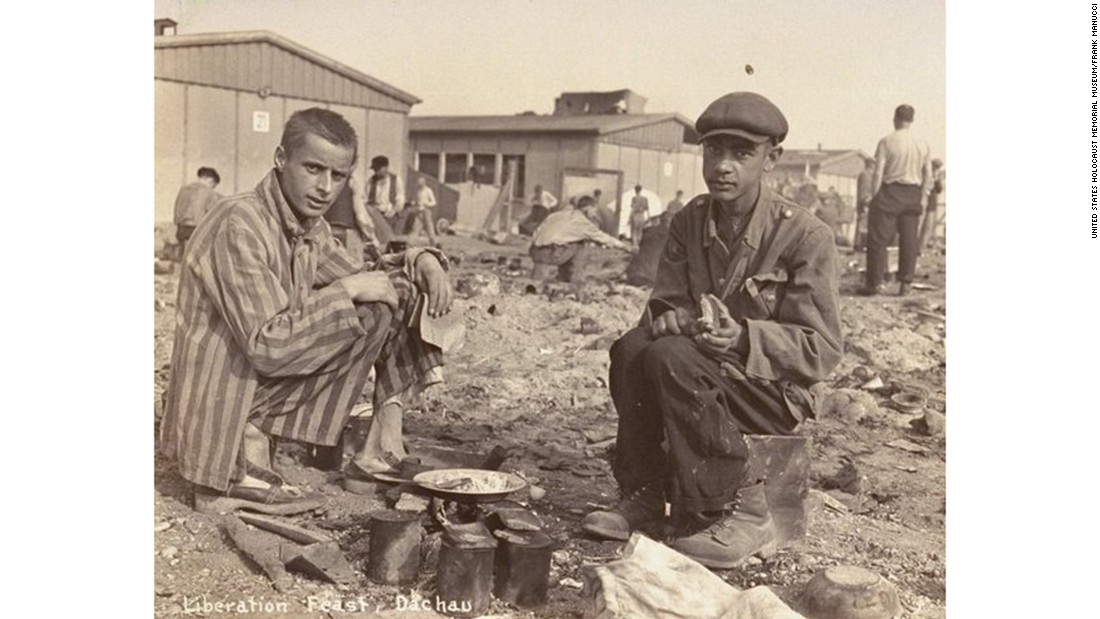Clyde Ensslin Explores Thomas Jefferson’s Secret, Unflattering History in his Fringe Debut
Washington City Paper
2017-07-06
Caroline Jones, City Lights Editor

Clyde Ensslin (Darrow Montgomery)
Clyde Ensslin’s journey to the Capital Fringe Festival began, of all places, in an Uber. Ensslin has driven for the rideshare company since 2014, and one night in the fall of that year he received a message to pick up a passenger at the bar Showtime in Bloomingdale. That passenger turned out to be Capital Fringe CEO Julianne Brienza.
As they rode, she told him she’d just closed on Fringe’s new headquarters on Florida Avenue NE. When Ensslin revealed he had never heard of the arts festival, Brienza gave him a crash course in the world of Fringe, from its roots in Edinburgh to her plans to build Trinidad into an arts district. “She just kind of blew me away,” he says of his first impression. She encouraged him to see shows when the festival returned in the summer. He bought an eight-pack of tickets.
“At the time, I did not think this was anything I’d want to do,” he says now. But after seeing pieces he loved, like Cara Gabriel’s I Am the Gentry, he bought another eight-pack the following year. By the end of the 2016 festival, he was hooked. At the same time, Ensslin’s passengers were regularly telling him how much he sounds like former president Bill Clinton, so he started thinking about constructing a play that would coincide with the 20th anniversary of the 42nd president’s impropriety and subsequent impeachment…
…Early on in the process, he discussed his plans with Ibe Crawley, the operator of IBe’ Arts, a small gallery in Historic Anacostia, who pushed him to not focus directly on Bill and Monica and instead tell the story of another lecherous commander-in-chief: Thomas Jefferson. The resulting play, a monologue called Thomas Jefferson: Hoochie-Coochie Man, is presented as a college lecture, taught by professor William Jefferson Clinton, that breaks down the relationship between Jefferson and Sally Hemings and the ways that story has evolved over time.
To begin his research, Ensslin consulted the authoritative text on the subject, historian Annette Gordon-Reed’s The Hemingses of Monticello: An American Family. Gordon-Reed tells the stories of multiple generations of the Hemings family, who became Jefferson’s property when he inherited them from his father-in-law. She chronicles the hard labor they did on his plantation and follows members of the family after they were freed upon Jefferson’s death. After hearing her speak at the 2016 National Book Festival, Ensslin dove deeper into the historiographical archives, reading Christopher Hitchens’ Thomas Jefferson: Author of America and titles by Michelle Alexander, Michael Eric Dyson, and Eddie S. Glaude Jr. as he tried to understand the paradox that Jefferson occupies in American history.
Ensslin’s show arrives at a time of renewed interest in Jeffersonian scholarship. After DNA evidence conclusively proved Jefferson fathered a child with Sally Hemings, historians and curators were forced to deal with that aspect of Jefferson’s life for the first time. A large donation from philanthropist David Rubenstein in 2013 allowed curators at Monticello, Jefferson’s home in Charlottesville, Virginia, to build replicas of the cabins slaves lived in on the plantation. Visitors can now go on tours that specifically highlight the experiences of slaves and the Hemings family. But even Hamilton, every woke theater nerd’s guide to early American history, paints Jefferson as a politically savvy bon vivant, only mentioning Sally in a winking reference for history buffs…
Read the entire article here.


.jpg)




